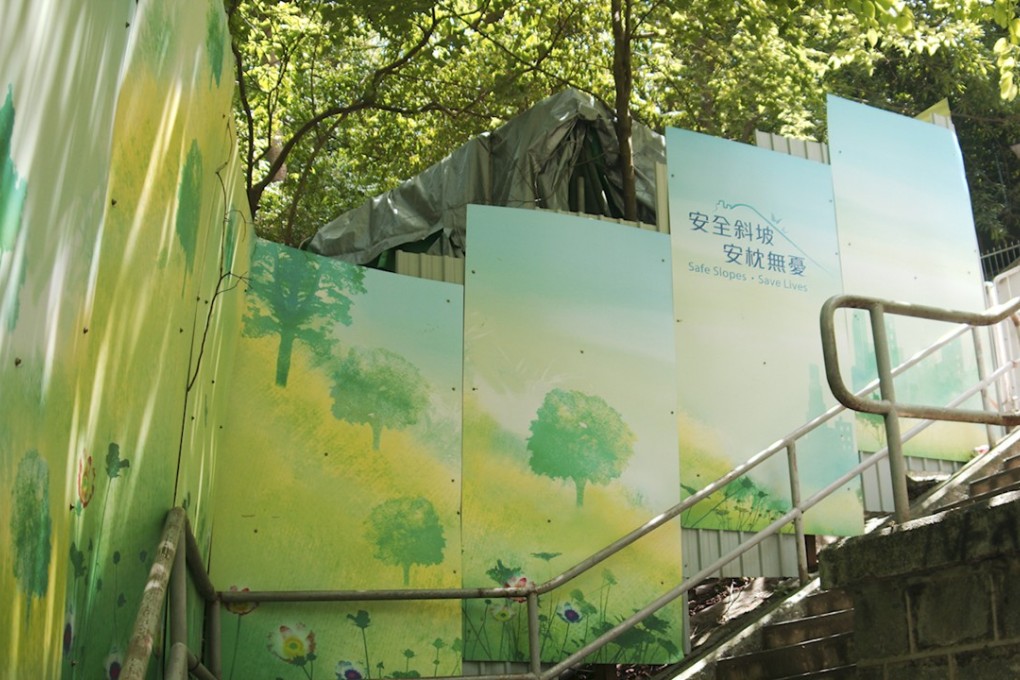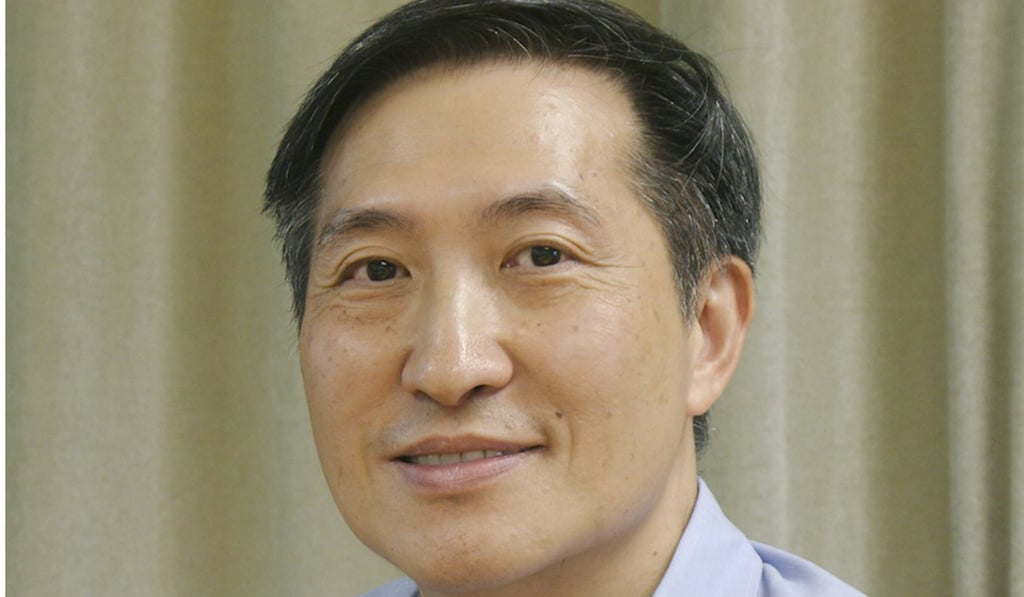Why Hong Kong is scared of trees: the fight for urban forestry in city that sees them as a threat, not an enhancement
With the responsibility for planting new trees in the hands of civil servants and a fixation on the danger of falling trees, is it any wonder the city lags behind the rest of the world when it comes to ‘greening’?

The Chinese city of Liuzhou has begun construction of a pioneering “forest city”, designed by Italian architect Stefano Boeri, in which 40,000 trees will create a green urban paradise for residents.
The project, in the Guangxi Zhuang autonomous region in the country’s southwest, is only one example of the determination of cities across China to embrace what is known as “green infrastructure”, but experts say it is unlikely anything similar will happen in Hong Kong in the near future.

Stanley residents fight planting of trees for fear of bird flu, dengue
It’s universally acknowledged that trees, shrubs and plants are essential components of a modern city. They absorb carbon dioxide, improve air quality, filter roadside pollution, slow down storm water run-off, enhance urban aesthetics, promote ecological biodiversity, dampen noise, provide shade, mitigate urban heat island effect and counteract the general stress of city life. Yet, despite the obvious benefits for its residents, Hong Kong has failed to embrace green infrastructure or the vision of the urban forest.

Hong Kong only does grey infrastructure
He says rapidly growing Chinese cities attract migrants from rural parts of the country, creating a demand for trees and green spaces. Local officials often regard green infrastructure as a quick way of making a positive impact and raising land values at a relatively low cost, compared to hard infrastructure projects such as bridges, railways and tunnels.